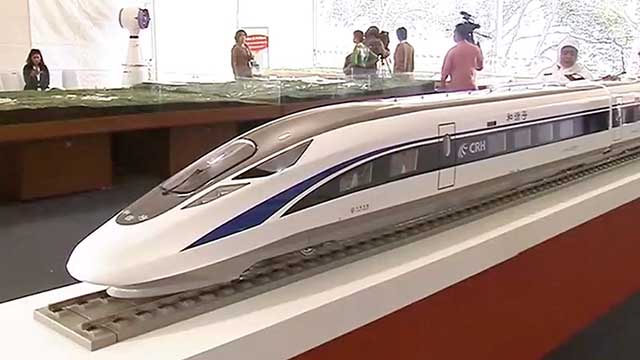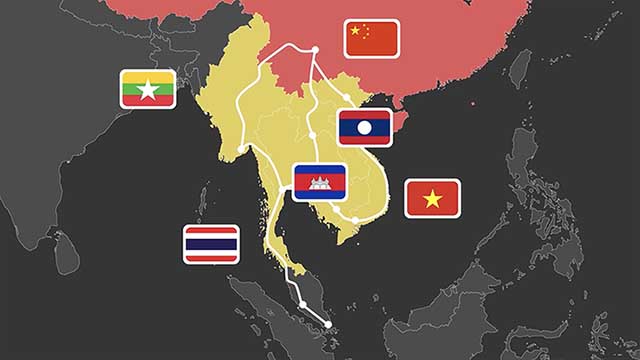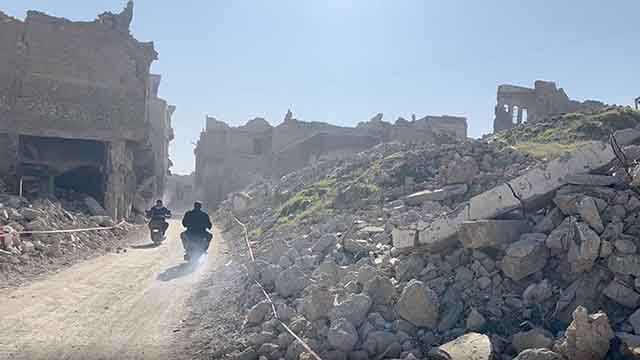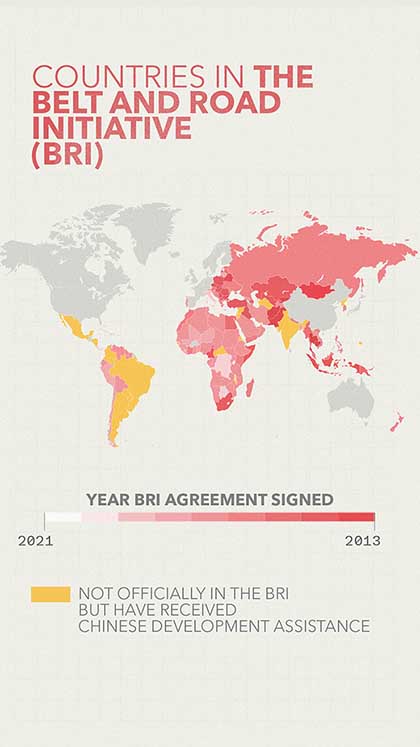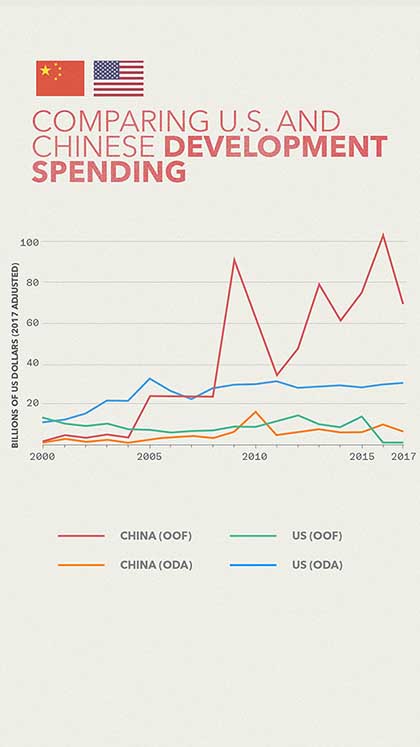Past, Present and Future
For about two decades, China has been funding development projects across the globe. An uptick in spending happened in 2013, with Chinese leader Xi Jinping proposing the creation of what China called the Silk Road Economic Belt and the 21st Century Maritime Silk Road, a land and sea initiative. This concept has evolved over the last 10 years into what is now known as the Belt and Road Initiative (BRI). Observers say China's strategy to globalize may be entering a new phase. Watch the video
Infrastructure
Education
Highlights in China's Development Spending
China’s influence continues to grow through global development and its Belt and Road Initiative. So what’s next? Explore the data
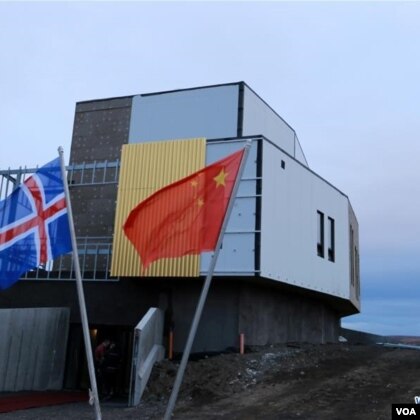
China Sends Scientists to Key Arctic Outposts After Research Setbacks
After lengthy absences, Chinese scientists paid visits to outposts in Norway and Iceland, arctic researchers tell VOA.
Headlines from VOANEWS.COM
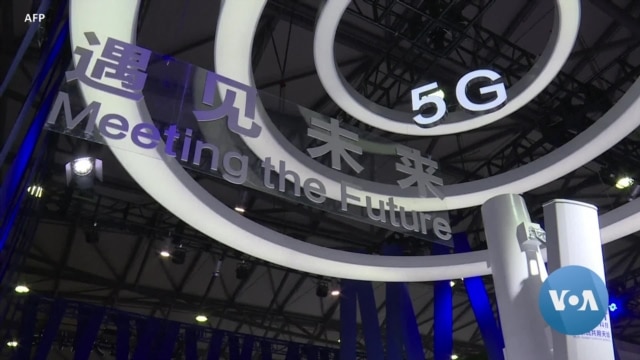
China’s Digital Silk Road, Advancing Technology’s Reach
From 5G infrastructure to mobile phones and more, Chinese technologies are used in many parts of the world. It’s part of China’s Digital Silk Road initiative, which is getting mixed reviews: welcomed by some countries, while others are assessing the potential risks of Chinese technology.
- Despite Skepticism, China-Kyrgyzstan-Uzbekistan Railway Deal Chugs Forward
- Uzbeks, Kyrgyz See Railway With China as Potential Economic Boost
- Critics Say Chinese Ruling Party Training School Could Weaken African Democracy
▶ More from VOA News
Beyond Belt and Road
Top 10 Recipients
Between 2000 - 2017, these countries received the most developmental support from China. Explore the data
